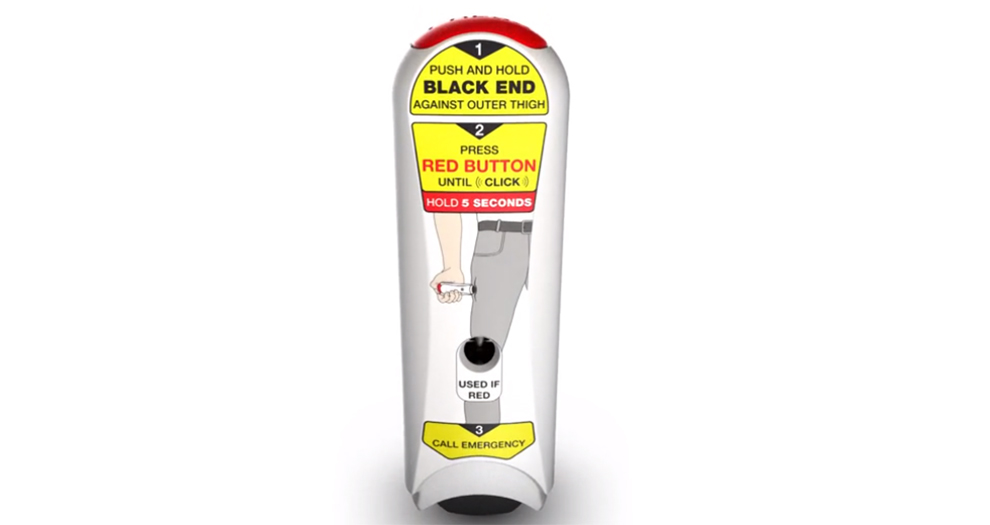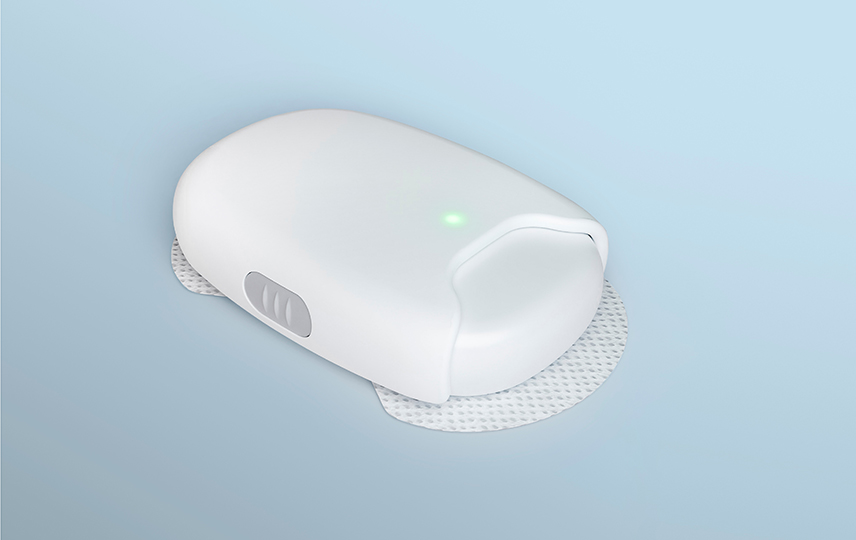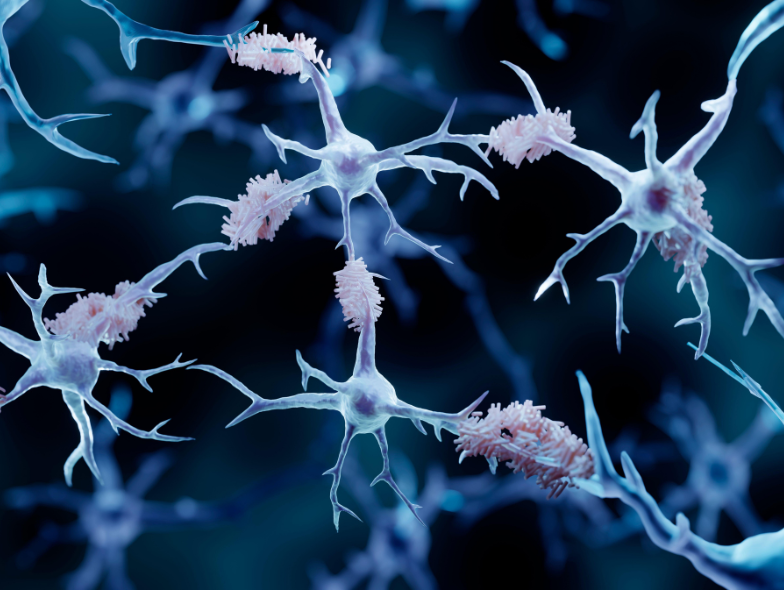Pharmapack 2021: Increasing connectivity is the key to patient centricity and simplified access to product information

During the live Innovation in Connectivity Roundtable at the Pharmapack 2021 online conference, experts discussed how the latest innovations in digital technology are shaping industry ambitions to put the patient journey at the heart of its drug device and delivery solutions by simplifying product information via increased connectivity.
Mark Tunkel, Global Category Director for Insight Innovation at Nemera said the primary method his company used was applied ethnography, which he defined as “being in that environment of use through a combination of interviews and observations.”
“We’re looking at these things broadly: the ability to go through the process of using a device successfully but extending that and thinking about all the stuff from when a patient might be diagnosed to receiving their device and again that entire process of preparing, administering and disposing of it,” he said.
He added that an understanding of how “moment-based interactions” might change over time as people go through the process of onboarding into a new device or going through life stages “can give the best data points that can be synthesised with others as we look at a larger ecosystem of providers and payers to build that foundation around what the best device-type modality may be.”
Nathalie Wardé-Dunoyer, CEO & Founder, D4P pharma said one common problem within healthcare settings for stakeholders such as pharmacists, caregivers or hospitals is that there is no interoperability of the systems: “Everybody is still working in silo; that may be interesting for the information system (IS) providers but for the customers, it is a nightmare because they have to deal with several information systems, it wastes time and introduces the risk of errors.”
She added that the use of standards is key in order to reduce not the amount of IS but to reduce the complexity and allow different systems to talk to each other.
Lionel Jeannin, Group Head Oral Packaging & Delivery Systems, Novartis Pharma AG said that with regard to providing better-quality product information to patients, legacy paper-based product information leaflets are often written in very small fonts, different languages and even folded in a strange way: “It’s not something we could call user-friendly and defeats the purpose of properly informing patients. I think we should be able to do better than this.”
Lise Wagner, Accessibility Specialist and User Expert, OKEENEA said the main issue for blind patients was the huge amount of information on medicines: “When you read by listening to a speech synthesizer you have no idea of the structure of the text and on the amount of information there is. It can take you anywhere between five and 45 minutes to read. It’s very important to give a structure to information with headings. I don’t need to know exactly everything there is in the leaflet but I want to know what I need to know: the effects of the medicines, the possible side effects and in what situation I can take the medicine. I want to know very precise information and if this is lost in a huge amount of topics, it is really difficult.”
She added that it was a huge challenge to standardise the structure of the information and make it understandable with a speech synthesizer or other assisted technologies.
Laurent Tonnelier, CEO, mobiLead – xTag told the webinar that digital technology could be used to tailor product information to language, age, region and even usage.
“This is a way in which the European initiative for electronic product information aims to go, saying that it could be complementary having both paper and digital,” he said. “But to my mind, paper will eventually disappear: we are taking about information on the box, paper and maybe even the medicine itself, but when you have that digital link, tailored information really helps.”

Related News
-
News How GLP-1 agonists are reshaping drug delivery innovations
GLP-1 agonist drug products like Ozempic, Wegovy, and Mounjaro have taken the healthcare industry by storm in recent years. Originally conceived as treatment for Type 2 diabetes, the weight-loss effects of these products have taken on unprecedented int... -
News 2025 Pharma Trends Outlook: Collaborative Pharma – A New Era of Supply Chains
A new year, a new Pharma Trends Outlook report! The 2025 Pharma Trends Outlook report examines key changes expected in the pharmaceutical industry for the coming year, particularly in regards to the supply chain. -
News AI-driven drug discovery model sets new accuracy prediction benchmark
Iambic Therapeutics, an Nvidia-backed biotech based in London, have stated that their AI drug discovery model named ‘Enchant’ demonstrates the potential to reduce the time and cost associated with new drug development. -
News On Track at CPHI Milan: Thermo Fisher Scientific Track Sponsor interview
With CPHI Milan just around the corner, we sat down with some of the sponsors for this year’s conference tracks to discuss the most pressing topics in pharma. -
News Viral marketing for B2B pharma businesses: a CPHI Online case study
Discover how a Chinese chemical manufacturing company went viral on TikTok, and what their viral success means for the future of B2B digital marketing for the wider pharmaceutical industry and supply chain. -
News Sanofi to collaborate with OpenAI and Formation Bio
Pharmaceutical giant Sanofi have announced a collaboration with Formation Bio and OpenAI to build AI-powered software for accelerated drug development. -
News CPHI Online Webinar Series – Optimising Pharma Manufacturing through Digital Transformations
This month’s CPHI Webinar Series explored achieving manufacturing excellence in pharma through the digitalisation of daily processes. Presented by Joe Doyle, Head of Sales at EviView, and Bikash Chatterjee, President and Chief Scientific Off... -
News Western pharma groups warn of supply disruptions over China anti-spy law
China’s anti-espionage laws have caused concern among western pharmaceutical groups over potential arrests or denial of access for foreign inspectors in China-based facilities and manufacturing partners, posing a risk to the supply of drug produc...
Recently Visited
Position your company at the heart of the global Pharma industry with a CPHI Online membership
-
Your products and solutions visible to thousands of visitors within the largest Pharma marketplace
-
Generate high-quality, engaged leads for your business, all year round
-
Promote your business as the industry’s thought-leader by hosting your reports, brochures and videos within your profile
-
Your company’s profile boosted at all participating CPHI events
-
An easy-to-use platform with a detailed dashboard showing your leads and performance
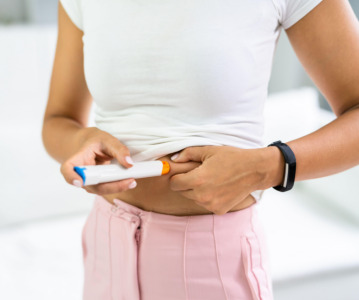
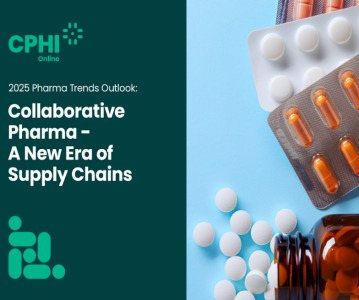
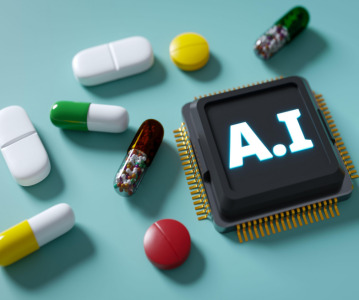

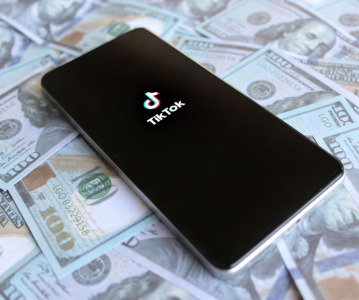
.png)
.png)
.png)
